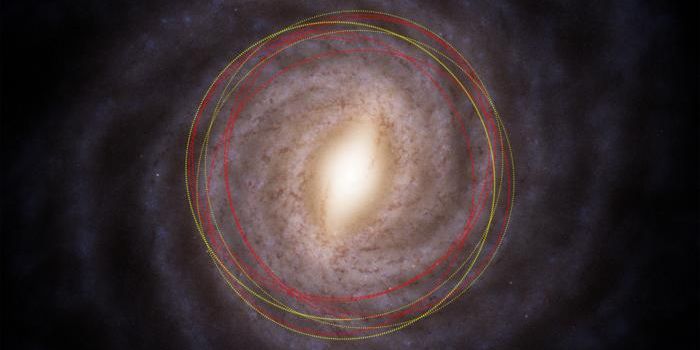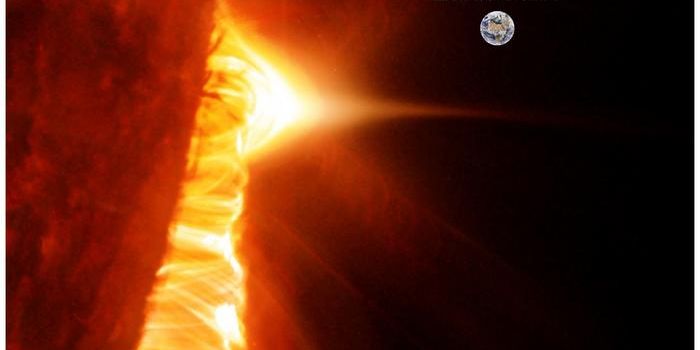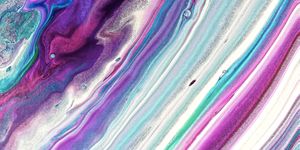JWST Captures the Death of a Multi-Star System
A new study published in Nature Astronomy explains how the Southern Ring Nebula obtained its unique shape; the shape is a result of the “messy death of a multiple star system.” Astronomers used some of the first data from NASA’s James Webb Space Telescope (JWST), combined with existing data from ESA’s Gaia observatory, to deconstruct the components of the Southern Ring Nebula and reconstruct its history.
The Southern Ring Nebula is a planetary nebula; planetary nebulae are the remnants of dying stars of approximately 1-8 solar masses. As a star of these masses dies, it sloughs off its outer layers over thousands of years. A core – otherwise known as a white dwarf – is left, surrounded by expanding shells of gas and dust that were ejected. This gas and dust is heated by ultraviolet light given off by the core, allowing it to glow.
Caption: The two JWST images combine near-infrared and mid-infrared data to highlight different components of the nebula. The image at the left shows the very hot gas that surrounds the central stars, whereas the image at the right traces the star’s scattered molecular outflows. Credit: NASA, ESA, CSA, STScI, Orsola De Marco (Macquarie University), Joseph DePasquale (STScI)
Calculations show that the central star which created the nebula was originally about three times the mass of the Sun. It now weighs only 60% the mass of the Sun after shedding many layers of gas and dust. If the star lived its life without the influence of other astrophysical bodies, astronomers would expect the planetary nebula to be spherically symmetric. What is observed is instead oblong and curvy, which implies that there were other astrophysical bodies interacting with and influencing the star and nebula.
Caption: An artist’s illustration showing the proposed evolutionary history of the Southern Ring Nebula in a series of panels. Credit: NASA, ESA, CSA, E. Wheatley (STScI)
Researchers believe that five stars actually could have created the Southern Ring Nebula. The artist’s illustration above details the main steps in the formation of the nebula. Panel 1 shows a wide field with stars 1, 2, and 5. Star 5 orbits star 1 more closely than star 2 does. Panel 2 zooms in on star 1, where two new stellar companions appear: stars 3 and 4. Star 3 is emitting jets from its close interaction with star 1. Panel 3 shows star 1 in a more evolved state – the red giant phase, where it has expanded after exhausting all the hydrogen fuel in its core. Here, star 4 has also begun interacting with star 1, and began emitting jets. Panel 4 zooms out, showing star 1, surrounded by a dusty disk, as it sheds layers of gas and dust. Here, light and stellar winds have begun to carve out a bubble-like cavity. Panel 5 shows how star 5 is interacting with gas and dust from within the nebula, creating the system of large rings observed in the outer nebula. And finally, panel 6 shows the system as it has been observed.
Source: Rochester Institute of Technology, Webb Space Telescope










